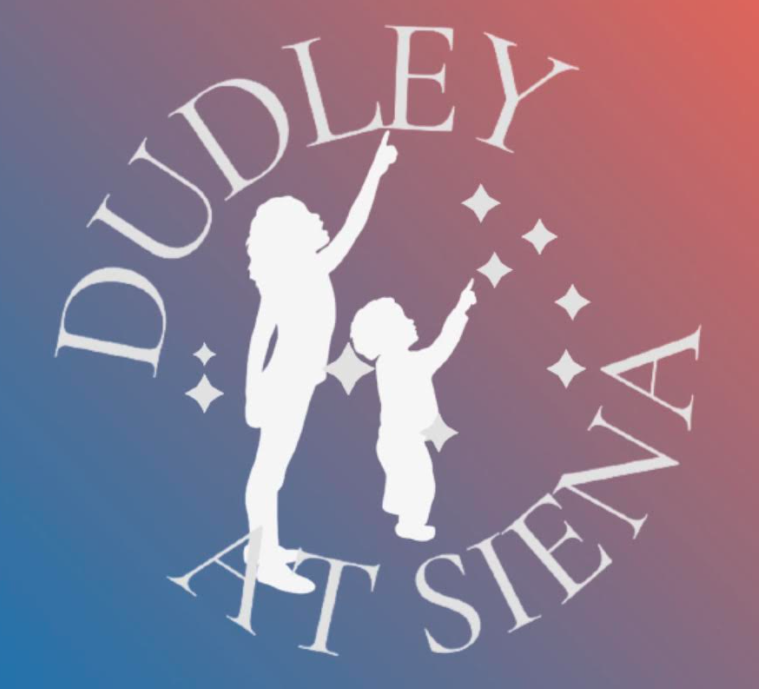Skywatch Line for Friday, June 6, through Sunday, June 8, written by Sam Salem
This is Dudley Observatory’s Skywatch Line for Friday, June 6, through Sunday, June 8, written by Sam Salem.
On Friday, Sun rises at 5:17am and sets at 8:31pm; Moon sets at 2:29am and rises at 4:19pm.
The Moon will reach apogee, its farthest distance from Earth in its elliptical orbit, on Saturday, when it’s 251,998 miles away.
On Saturday evening, the waxing gibbous Moon will pass the bright star Spica, the brightest star in Virgo the Maiden. Spica might be difficult to see in the Moon’s bright glow. They’ll set a few hours before sunrise the next morning.
On Sunday evening, the nearly full Moon shines well to the upper right of Antares, the brightest star in Scorpius the Scorpion. As night advances, the scene moves higher and tips leftward toward the south.
Venus, at magnitude –4.4, rises almost due east about two hours before sunrise. In a telescope, Venus’s globe is about half lit. Saturn, much dimmer, is higher in the dawn, moving ever farther to Venus’s upper right. Saturn is the other dawn planet. At magnitude +1.1 Saturn is only about 1/200 as bright. Look early. Binoculars will help locate Saturn 30° upper right of Venus on the Saturday morning.
Mars, magnitude +1.3 in Cancer, remains in the west in the evening. It’s the orange dot less than a fist to the right of Regulus, the brightest star of Leo and the bottom of the Leo’s Sickle. Watch them close in on each other. Their separation shrinks to 6° on Friday. They’ll have a close conjunction on June 16th and 17th, passing 0.8° apart.
Vega is the brightest star high in the east. Barely lower left of it is 4th-magnitude Epsilon Lyrae, the Double-Double. Epsilon forms one corner of a roughly equilateral triangle with Vega and Zeta Lyrae. Binoculars easily resolve Epsilon. A telescope should resolve each of Epsilon’s two components into a tight pair. Zeta Lyrae is also a double star for binoculars, but much tougher. Delta Lyrae, below Zeta, is a much wider and easier pair, gold and blue.
The Big Dipper hangs high in the northwest at nightfall. The Dipper’s Pointers, currently its bottom two stars, point lower right toward Polaris. Above Polaris, and looking very similar to it, is Kochab, the lip of the faint Little Dipper’s bowl.
